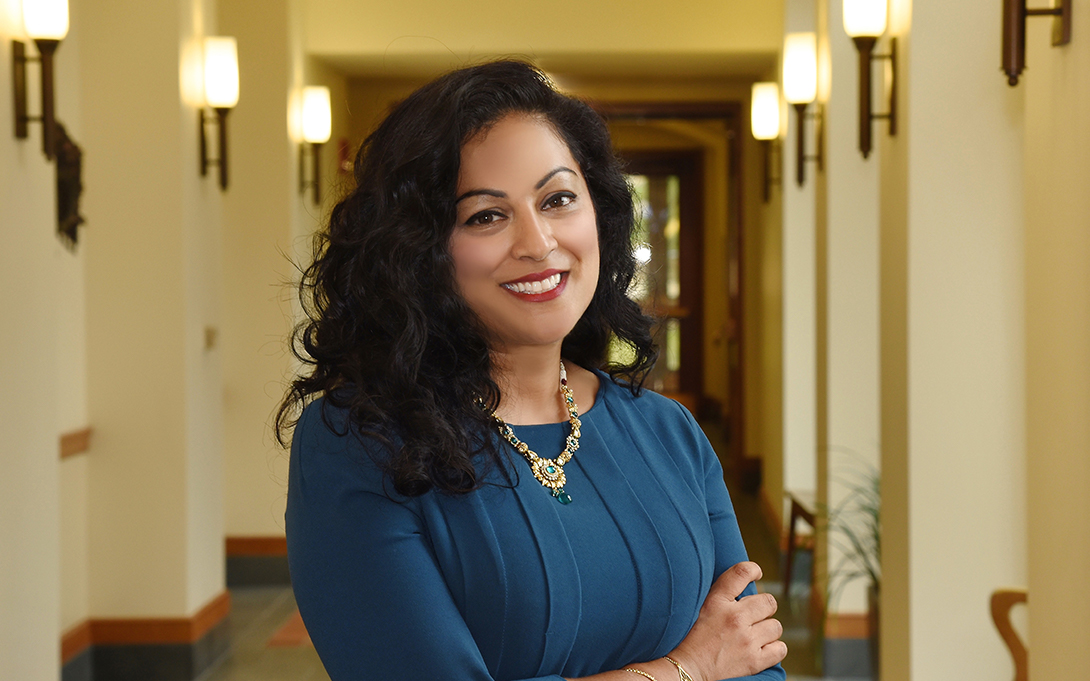
India's top court upheld a woman's right to an abortion up to 24 weeks into pregnancy, regardless of marital status, a widely hailed decision by women's rights activists.
The right to abortion has proved contentious globally after the U.S. Supreme Court overturned its landmark 1973 decision in Roe v. Wade that legalized the procedure. As the U.S. makes abortion illegal in many states, India, widely considered moving more to the right politically, has given equal abortion access to all women.
Shobita Parthasarathy is a professor of public policy and director of the Science, Technology, and Public Policy program. Her research focuses on comparative and international politics and policy related to science and technology.
Michigan News: What does this mean for women in India? How does this law change their right to an abortion?
Parthasarathy: In 2021, the Indian parliament amended its Medical Termination of Pregnancy Act, and the Supreme Court recently upheld this change. Overall, this law recognizes the realities of a changing India. The main changes include remedying historical discrimination against single women, who until now did not have the same access to abortion services as married women. It also allows women to terminate their pregnancies later.
Can you compare those changes to what is happening to abortion rights in the U.S.?
The United States is increasingly becoming an outlier around the world. Many countries, particularly those that we might consider religious and conservative, are making it easier for women to access pregnancy termination services, while the United States is making it more challenging.
Many consider the Indian government to be more conservative and nonsecular than the U.S. Why do you think they are willing to take a national step in legalizing abortion?
Undoubtedly, the current Indian government is religious and conservative, as evidenced by its treatment of religious minorities in the country. However, there is no single Hindu interpretation of abortion (some texts seem to permit it, while others do not), nor is there a strong anti-abortion movement in the country. Meanwhile, India has long seen "overpopulation" as a social and policy problem and made contraception and pregnancy termination central to solving it. Thus, while surveys show that many women find abortion problematic, there are very high rates of the practice in the country.
It seems like India focuses more on the rights of the woman while the U.S. focuses on the rights of the fetus. Is that accurate?
As I suggest above, it's not quite that simple. I think it has more to do with how the two countries have historically perceived the population problem and that Hinduism is a much more decentralized religion with various interpretations of abortion. At the same time, the percentage of single women in India is increasing, and they may have growing political power. Finally, Indians do not see the fetus as having rights like many in the United States do.
Does this come down to the difference in religious beliefs between Hinduism and Catholicism?
No, because many Latin American countries—which are predominantly Catholic—are also expanding abortion rights at this time. In the United States, evangelical Christians play a considerable role mainly because they have had increasing political power since the 1970s (around Roe v. Wade's passage). In fact, the evangelical movement's identity is tied up with the abortion debate in the United States, which is quite different from the BJP, India's ruling party.
This Q&A was prepared by Sonia Mishra of Michigan News.
